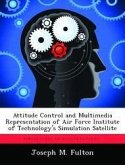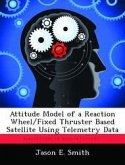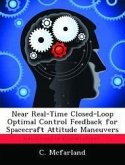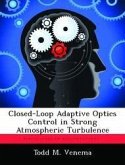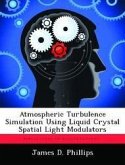Attitude control is a requirement for most satellites. Many schemes have been devised over the years including control moment gyros, reaction wheels, spin stabi- lization and gravity gradient stabilization. For low Earth orbits, the Earth's atmo- sphere can have an affect on a satellite's orbit and attitude. Using the atmosphere to control spacecraft attitude has been researched in the past however very little re- search has been done using an active feedback control system to maintain spacecraft attitude. This research effort examines the feasibility of using the atmosphere to actively control a spacecraft's attitude using drag panels. Several variables affect the drag force, of which, projected area is the only variable that can be changed easily. Adding controllable drag panels to a satellite gives the ability to change the projected area as well as the location of the projected area. The result of manipulating the projected areas is a force that is not aligned with the center of gravity, resulting in an external torque on the spacecraft. Although these torques are very small, on the scale of micro-Newton meters and smaller, over time these torques can be used to change the spacecraft's attitude. A linear computer model was created using a proportional controller. This model was used to evaluate the effectiveness of using drag panels for attitude control. Results from the simulation show that the spacecraft can recover from disturbance torques that may cause a change in attitude very effectively especially at low altitudes (200-300km).


